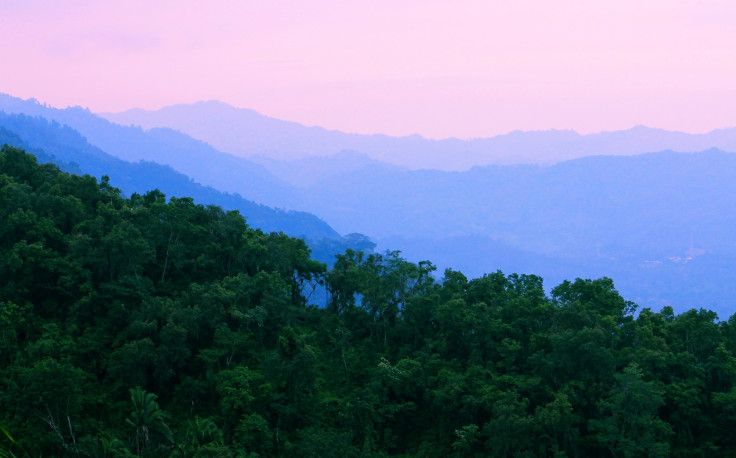Curse of the Monkey God? Team that found ancient lost jungle city contracted 'white leprosy'
'Lost City of the Monkey God' was discovered in the Honduras jungle with lidar technology in 2015.
The team that discovered an ancient lost city in the Honduras jungle contracted a rare disease – just as ancient tribes apparently warned they would, should anyone disturb the 'City of the Monkey God'.
Reports of a lost city hidden deep in the jungle have circulated for hundreds of years. The sixteenth century conquistador Hernan Cortes claimed to have been given information about a place of huge wealth somewhere in the region.
In 1927, Eduard Conzemius claimed to have caught a glimpse of a 'white city' while conducting an aerial survey. Twenty years later, explorer Theodore Morde said he had found the city, with indigenous people telling him it contained a giant buried statue of a monkey god (hence the name), but he refused to disclose the location over fears of looting.
Tribes supposedly spoke of ancestors who had fled to the city to escape Spanish invaders, and told of how anyone who disturbs the site would fall ill and die.
In 2012, aerial footage from a remote valley in La Mosquitia showed a set of ruins, prompting a team of American and Honduran arachnologists, ethnobotanists and documentary filmmakers from National Geographic to set out to find the city.

Using Lidar (Light Detection and Ranging) laser technology, they were able to map the ground beneath the dense jungle. Findings showed a city, complete with plazas, earthworks, mounds and a pyramid, which would have been occupied over 1,000 years ago.
After identifying the location, the team visited the site, finding artefacts and stone sculptures. At present, researchers believe the site represents a lost civilisation – although the claims have raised several controversies among archaeologists.
On their return from the jungle, most of the team – including Douglas Preston (who has since written a book about the discovery) – fell ill with a rare disease known as white leprosy.
Mucocutaneous Leishmaniasis is a parasitic disease spread by sandflies. It presents with ulcers on the skin, mouth and nose. As WHO describes it: "In mucocutaneous leishmaniasis, the lesions can lead to partial or total destruction of the mucous membranes of the nose, mouth and throat cavities and surrounding tissues."
The team received an intensive and aggressive seven-day treatment to push the disease into dormancy and all went on to recover.
Exactly who the people were who lived at the city remains unknown, although experts believe they were influenced by Maya civilisation in their architecture, but without its hierarchical society.
© Copyright IBTimes 2025. All rights reserved.






















